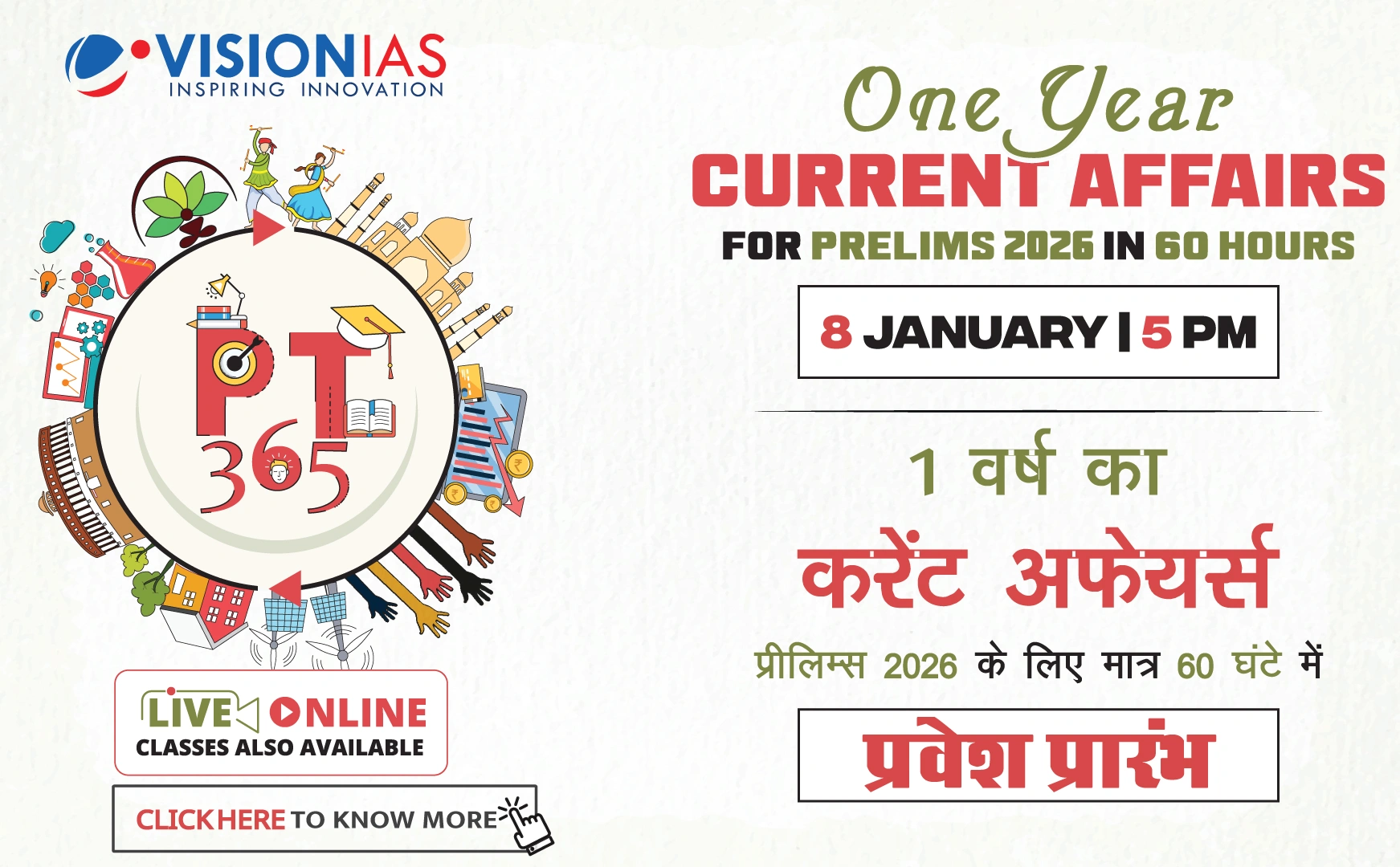Groundwater Reliance and Contamination in India
India's dependence on groundwater is critical, serving as the primary source for drinking water and irrigation:
- Approximately 85% of rural water supply relies on groundwater.
- Groundwater meets 62% of the country's irrigation needs.
Groundwater Quality Concerns
The Annual Groundwater Quality Report 2024 by the Central Ground Water Board highlights significant contamination issues:
- Nearly 20% of samples exceeded permissible nitrate limits.
- 9.04% had fluoride levels above the limit.
- Arsenic contamination was found in 3.55% of samples, notably in the Ganga-Brahmaputra floodplains.
Regional Variations in Contamination
- States like Arunachal Pradesh, Mizoram, and Meghalaya showed 100% compliance with BIS norms.
- High contamination hotspots were identified in Rajasthan, Punjab, Haryana, and Andhra Pradesh.
- Punjab faces high nitrate levels due to excessive fertilizer use.
- Rajasthan deals with different but severe contamination issues.
Causes of Groundwater Contamination
- Natural leaching of minerals.
- Industrial discharge and unregulated mining.
- Excessive use of chemical fertilizers and pesticides.
- Increased salinity and microplastics.
- Urban challenges include untreated sewage and industrial effluents.
Impact on Public Health and Agriculture
- Contaminated groundwater poses health risks.
- Reduces crop yields and introduces harmful substances into the food chain.
- Coastal regions face reduced productivity due to salinity from over-extraction and seawater intrusion.
Recommendations for Mitigation
- Adopt sustainable agricultural practices and low-cost water filtration.
- Ensure proper sewage disposal and artificial aquifer recharge.
- Focus on localized groundwater management and last-mile community participation.
- Establish hydrogeological monitoring networks and water-security plans at the gram-panchayat level.
- Consider initiatives like water meters, public-awareness campaigns, and defining groundwater rights detached from land ownership.



